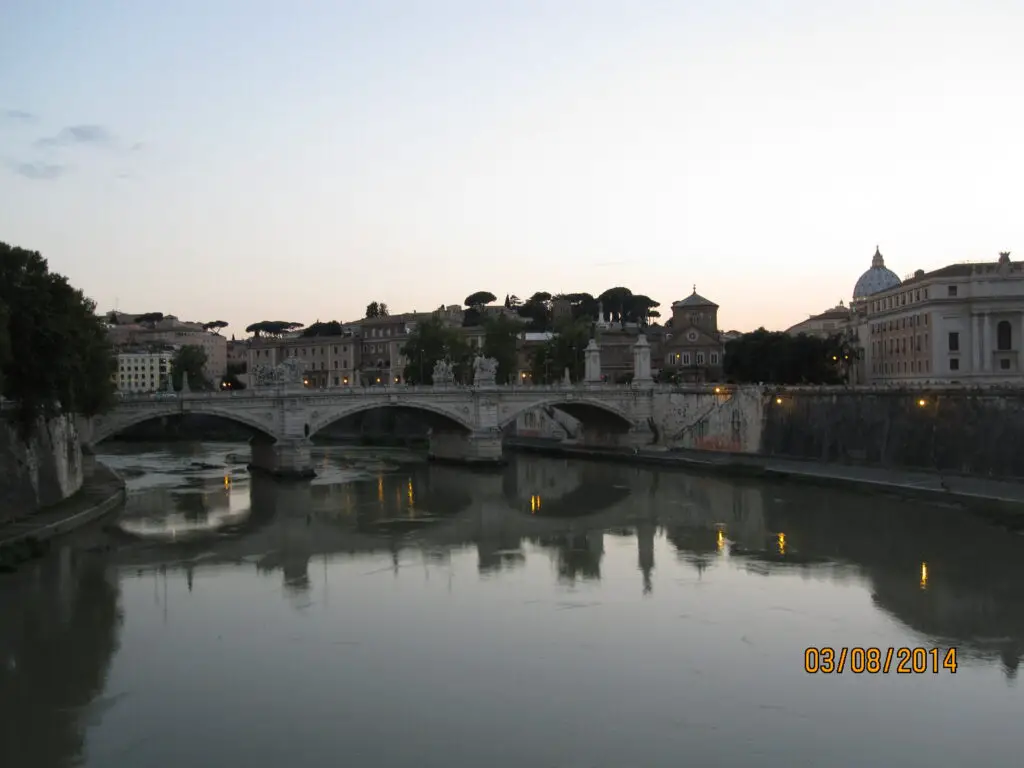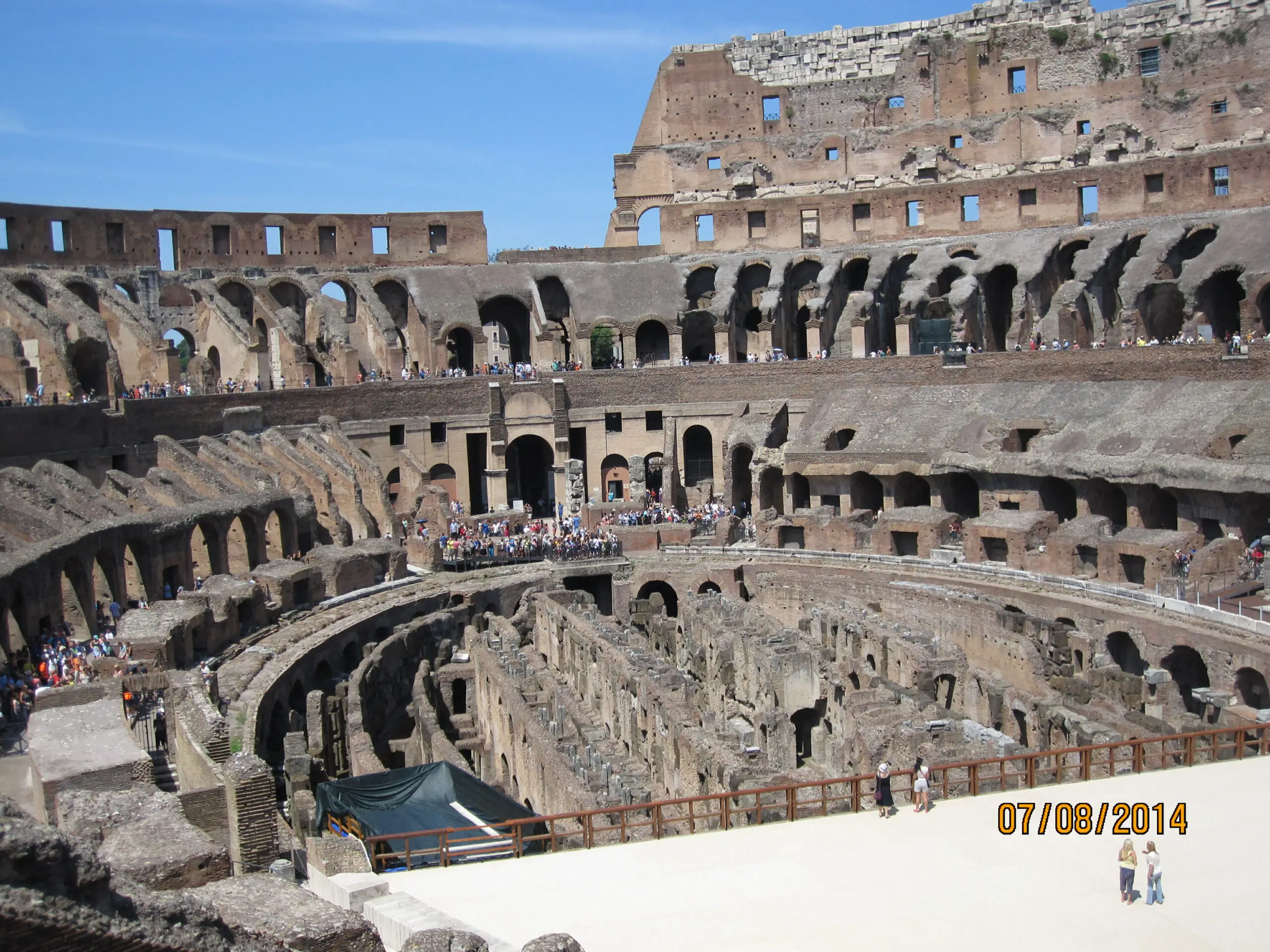When I was rewatching the movie Gladiator yesterday I was wondering what actually happened to the bodies of dead Gladiators. Were they just buried in an anonymous mass grave or did they get a proper funeral?
Let’s find out…
Gladiators who were members of funeral associations would be cremated or buried in simple graves on secluded graveyards that were owned by the local gladiator school. Only really successful and wealthy Gladiators could afford pompous burials.
What happened to the bodies of dead Gladiators?
It is important to realize that gladiators had a servile status. Even those who were born as free men and decided to become a gladiator by their own free will.
You can find more information on the social background of Gladiators here in my article here.
So legally the gladiators were seen as the property of their owner and not as humans. And their owners would usually not be willing to pay for an honorable burial of their property.
Please note that in the paragraph here I am only talking about gladiators. There were other men who died during a day of gladiatorial games.
The group of convicts who were sentenced to die in the arena either by sword or by wild animals, more information on them in my article here, will be treated in the next paragraph.
If you want to find out when in the course of a day of gladiatorial games these convicts were killed you can read my article here.
Gladiators knew that their owner would probably not spend a lot of money on their funeral and because of that, they organized themself in funeral associations.
Funeral associations of Gladiators
The idea of a funeral association is kind of like the idea of insurance.
Every gladiator knew that death could await him at the next fight, more information on the mortality rate of gladiators here. So every gladiator of a gladiator school would pay a small amount of his price money into a pot. And if one of the men was killed then his funeral would be paid out of this pot.
A welcome side-effect was that the surviving gladiators would also attend the funeral which gave the entire procedure much more honor.
Since gladiators were subject to the infamia, a low social status on one level with that of a prostitute, the regular burial grounds were usually not accessible for them.
The owner of a gladiator school would usually buy a cheap property where the fallen of the school were buried.
Do you wonder why a proper funeral was so important to Gladiators (and also the reguar Romans)? You can find the answer here in my article!
Gravestones of Gladiators
Some gladiators were buried, others were cremated.
The gladiators who were members of the funeral associations would usually get a simple grave with a gravestone.
A Gladiators` gravestone was usually lettered with the name of the Gladiator, his successes, and what type of gladiator, for example, a murmillo, he was.
Contrary to popular belief and movies Gladiators were not randomly armed men. There were strictly separated types! Here you can find more information on the different types of gladiators.
And every type of gladiator had a assigned type he would fight. More on the types of gladiators that fought each other here in my article.
Apart from this basic information, some gravestones were also lettered with personal information like if the gladiator had children.
But some of the gravestones also contain valuable information on how the gladiator died.
Just a few weeks ago I saw a gravestone on which the family of the deceased basically complained that his mercy with his totally inferior opponent killed him in the end.
You can find more information on the 5 possibilities of how gladiator fights could end here in my article.
Generally, most of the burials of gladiators were pretty simple.
Only extremely successful gladiators who were able to accumulate large amounts of price money got pompous burials. Check out my article here to find out more about how much price money a gladiator could expect and what purchasing power the price money had.
If a Gladiator was neither a member of a funeral association nor extremely successful nor able to pay for his funeral before his death then his body would be treated as the body of the convicts that were killed during the games.
By the way, the execution of the convicts and the fights between gladiators were strictly separated!
More information on when the convicts were killed during a day of gladiatorial games in my article here.
What happened to the bodies of the non-gladiators who died in the arena?
Not every man who died in the arena was a Gladiator. Find out more about the men and their different social status in my article here.
In contrary to the bodies of dead gladiators the bodies of non-gladiators (usually convicts) were not buried honorably.
The most common practice was to transport these bodies to the mass graves where they would be buried together with animals that were killed during the games and the bodies of slaves and foreigners that had nobody to pay for the funeral.
You can find more information on why only a few of the animals that died in the Colosseum were buried in the mass graves and what happened to them instead here in my article.
Some of the convicts had even less luck. Their bodies were thrown into the river Tiber that crossed the city of Rome.

If you want to find out why Rome was founded at the spot where it stands you might want to check out my article here. There I go into depth on the myth surrounding the foundation of Rome and the actual scientific truth of how Rome was founded.
Now getting rid of the bodies by throwing them into the river was quite comfortable since the corpses did not have to be transported all the way to the mass graves outside the city. But apart from the hygienic problems it also had a demoralizing impact on the convicts while they were still living.
Why was a proper burial so important to the Romans?
In order to find out why being thrown into the river after one’s death was one of the most humiliating outlooks a convict had it is necessary to dive into the roman burial rites.
Romans believed that as long as the body was not covered with earth the soul of the deceased could not make its way into the afterworld and had to stay in the world of the living.
Getting thrown into the river after death meant that not even the bare minimum of three hands of sand was scattered over the body. Because of that, the soul of the deceased would have no other option than to stay in the world of the living without finding rest.
The fact that the bodies were publicly thrown into the river intensified the disgrace.
By the way, throwing a body into the river and denying the soul of a convict eternal rest had been used since the time of the roman kings. And even the corpses of a few emperors were either thrown into the river (like Elagabalus) or almost thrown into the river (like Commodus).
Redundant to say that both emperors were not the most popular ones…
But also people who murdered relatives were treated like that.
What happened to the animals that died in the Colosseum?
I mentioned in the last paragraph that animals were sometimes also buried in mass graves outside the city.
But that is an article for another time. If you want to learn more about how the animals that died in the Colosseum (and there were lots of them) were used you can read my article here.
Take care of yourself because you deserve it. You really do.
Until next time
Yours truly
Luke Reitzer
Sources
K. Nossov; Gladiator: The complete Guide to Ancient Rome`s Bloody fighters (2011).
F. Meijer; Gladiatoren. Das Spiel um Leben und Tod (Amsterdam 2003).
M. Junkelmann, Das Spiel mit dem Tod. So kämpften Roms Gladiatoren (Mainz am Rhein 2000).
